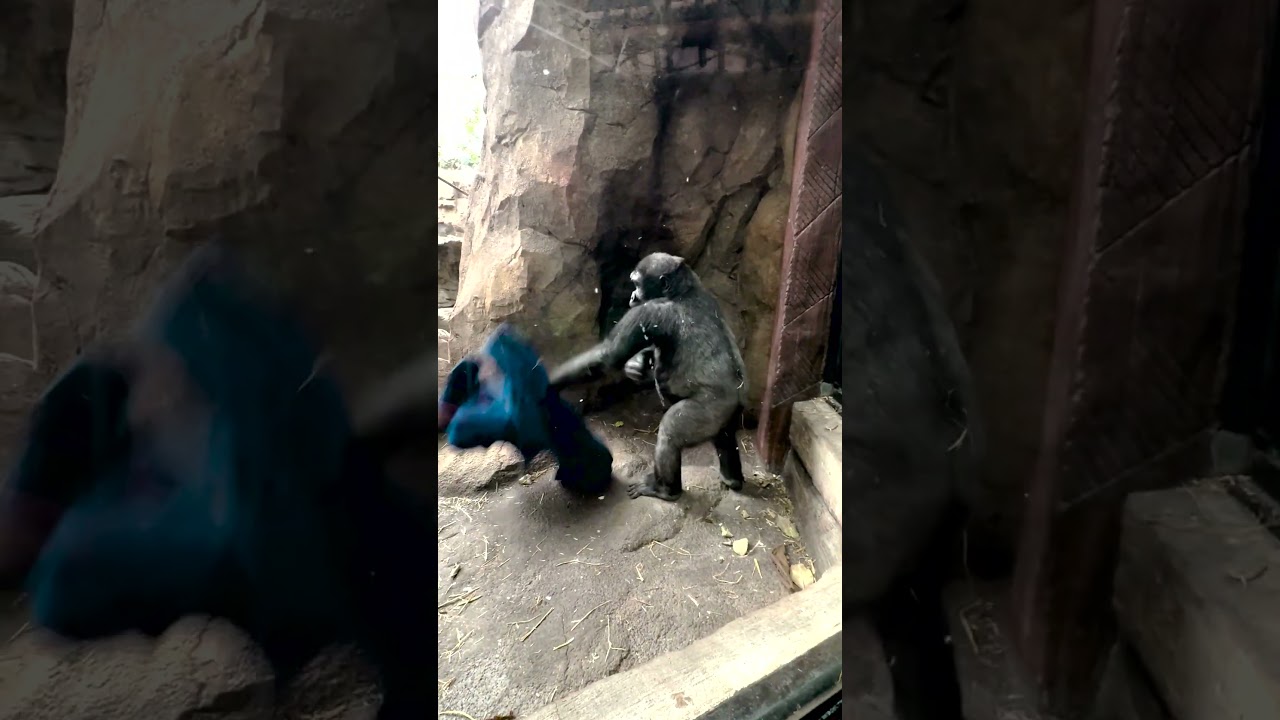- Exploration of Pablo’s daily routines and behaviors in relation to playtime and naptime
- The importance of structured routines and their impact on animal welfare, development, and conservation
- Insights into the educational value of zoos and wildlife videos for public awareness and engagement
- Overview of zoo management practices that support animal health and conservation initiatives
- The role of interactive content in fostering a connection between humans and wildlife
"Playtime to Naptime with Pablo in 30s" provides an insightful glimpse into the life of zoo animals, focusing on their daily routines and behaviors. Pablo, an animal whose natural habitat and behavioral cues are carefully managed, offers a vivid testimony to the importance of such practices. This video serves as a vital educational tool, shedding light on his interactions, rest periods, and daily regimen. By observing Pablo’s structured environment, we can understand the crucial role that routine plays in ensuring both his physical well-being and overall development.
Structured routines play a fundamental role in promoting animal welfare within zoos and wildlife sanctuaries. Animals, by nature, thrive when their environments offer predictability and structure, allowing them to exhibit natural behaviors. In the wild, many species develop routines based on the availability of food, presence of predators, and other environmental factors. Zoos mimic these conditions, ensuring animals like Pablo have a conducive living experience that supports their instincts and needs. The balance and timing of play and rest are particularly significant as they contribute not just to physical health but also to cognitive function and stress reduction.
By focusing on the structured environment for animals, the video highlights how playtime stimulates both physical and mental exercises. It’s a time to hone natural skills, socialize with peers, and engage in behaviors essential for psychological enrichment. Equally important is naptime, a period when animals recuperate energy and process learned information—mirroring the rhythms seen in their natural ecosystems. This cycle of stimuli and recuperation fosters resilience and adaptability, reinforcing the connection between robust routines and the health of wildlife.
Zoos, through their design and operational strategies, adopt management practices prioritizing animal health, welfare, and conservation. Providing suitable habitat replicas and routine care, institutions support the survival and prosperity of species like Pablo’s. Modern zoo management emphasizes enrichment activities, dietary plans, and veterinary care tailored to the distinct needs of each species. Emphasizing animal autonomy and choice within these settings, zoo professionals enable species to engage with their habitats in ways that are beneficial and satisfying. These practices demonstrate the zoo’s commitment to conservation, safekeeping genetic diversity, and mitigating the threats of extinction.
Interactive and informative content is a powerful catalyst for fostering a connection between humans and the animal kingdom. Multimedia presentations like "Playtime to Naptime with Pablo in 30s" serve as practical instruments in providing viewers with access to animal behavior up close. Such content serves educational purposes—it not only informs audiences about Pablo’s world but also stirs interest and empathy, advocating for wildlife conservation. Informed viewers are more likely to support and partake in conservation efforts, contributing to the global initiative of preserving biodiversity.
The role zoos play in wildlife conservation and education extends far beyond their physical boundaries. They serve as vital conservation centers, contributing to recollection efforts for endangered species and participating in research that furthers species preservation. The educational programs they offer, both on-site and digitally, such as the video featuring Pablo, help bridge the gap between humans and wildlife. These initiatives foster appreciation and understanding and promote actionable involvement in conservation efforts. Engaging the public through dynamic and captivating content encourages a collectivist approach to sustaining biodiversity.
To encapsulate, zoo animals like Pablo exemplify the synthesis of routine, habitat, and human interaction in crafting thriving environmental parameters. The pivotal elements of playtime and naptime, as depicted in the educational video “Playtime to Naptime with Pablo in 30s,” encapsulate the essence of balancing welfare with conservation goals. Through zoo management, public engagement, and structured animal care, these institutions advance the global mission toward environmental stewardship and promote lasting change for the well-being of wildlife. This synthesis of technology and passion becomes a meaningful resource for zoos, wildlife experts, and the general public alike, illustrating how each component supports the overarching goal of sustainability and animal preservation.
*****
Source Description
POV: You’re a young western lowland gorilla, you have your favorite blanket, and it’s warm and toasty inside the Tropical Forest at Franklin Park Zoo.
[Credit: Volunteer Jennifer Matthews]


